Team Type 1: Racing for a healthy life
A new US American Team Type 1 is mixing it up in the domestic calendar this season. As the name...
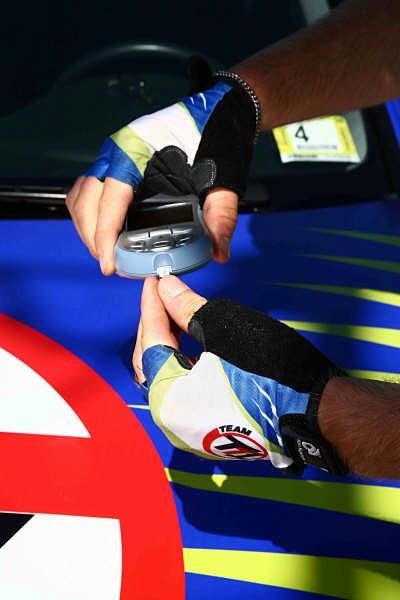
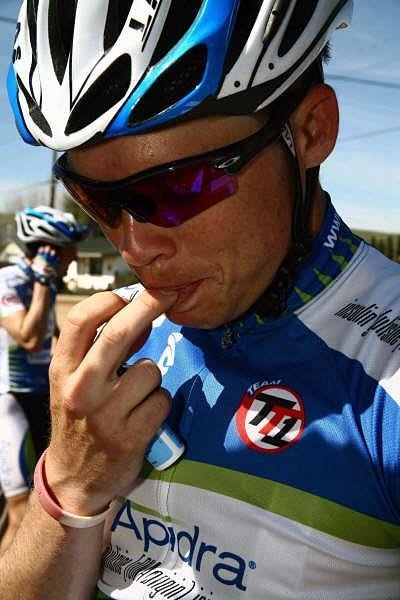
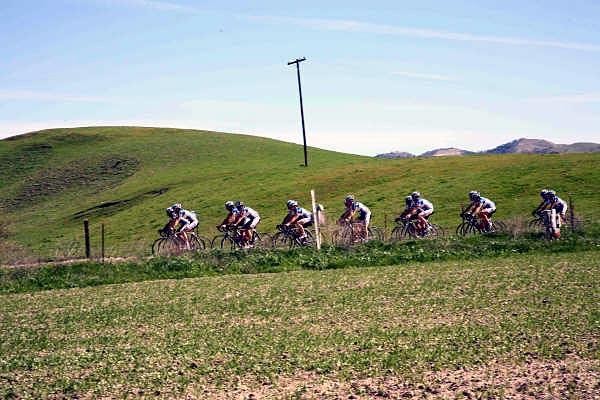
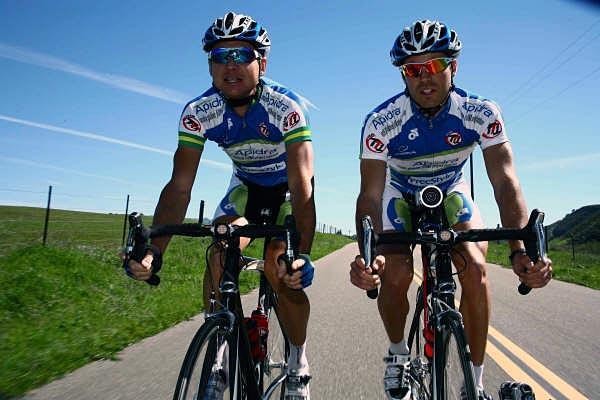
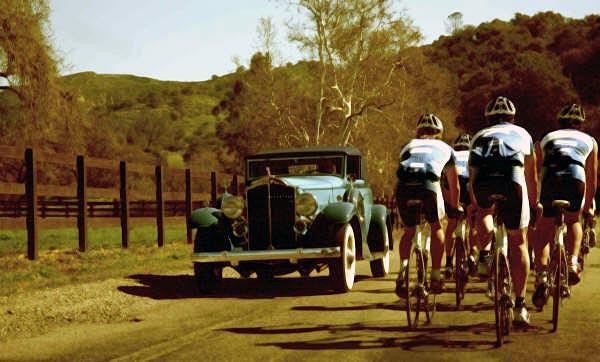
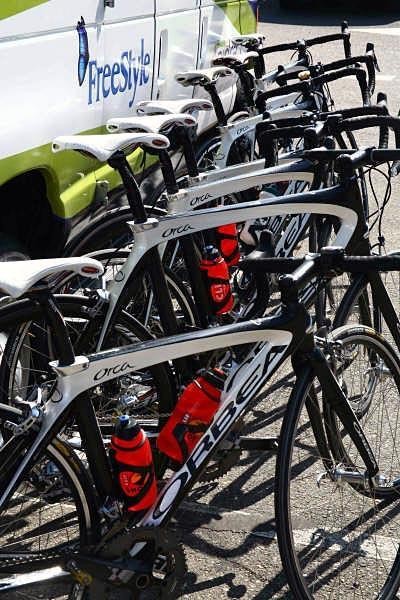
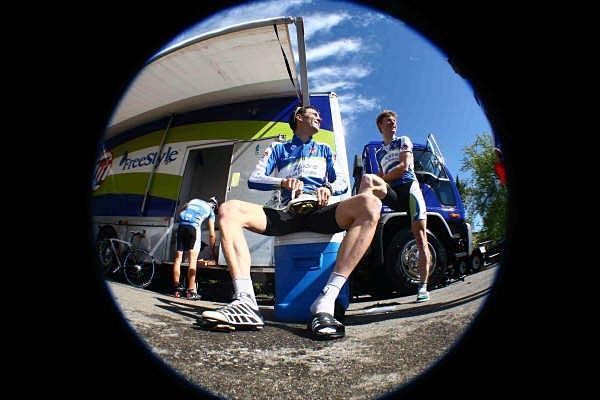
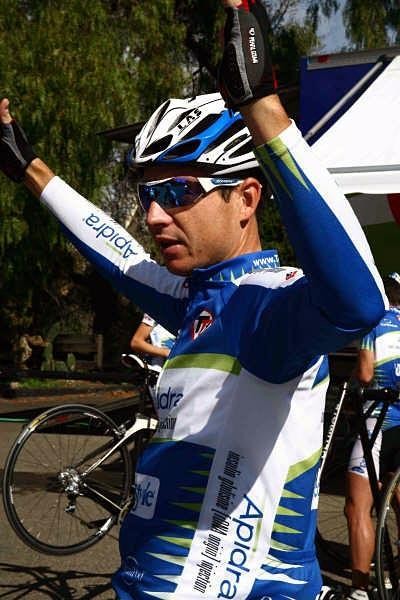
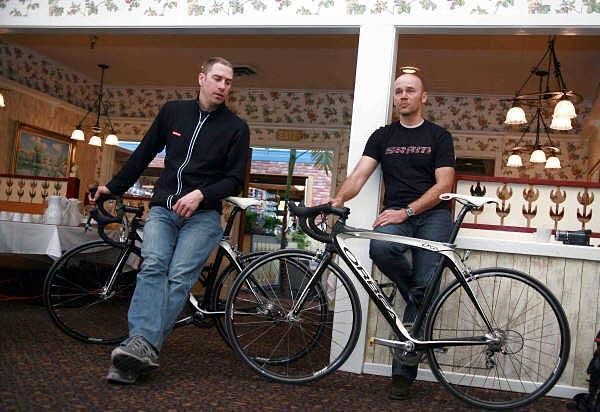


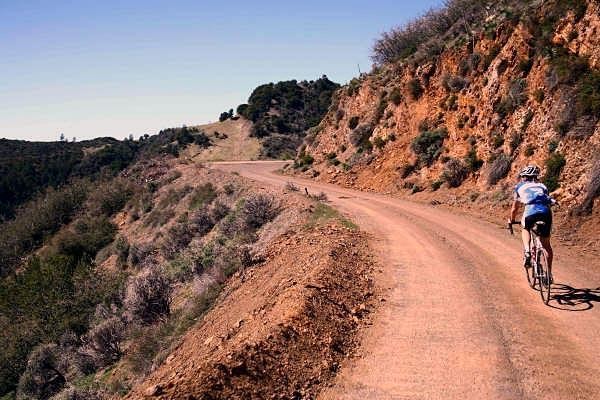

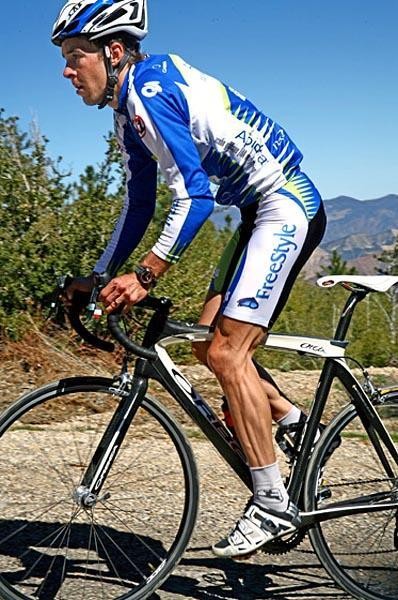

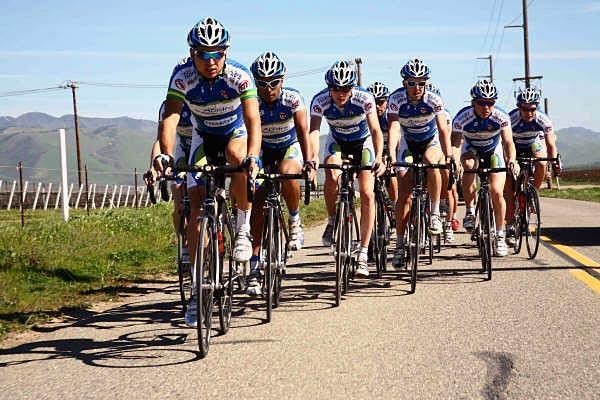
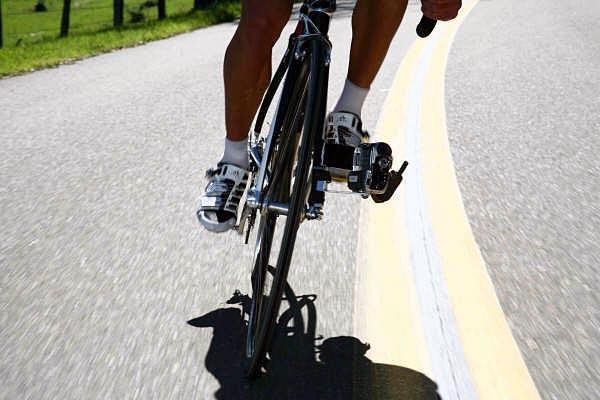
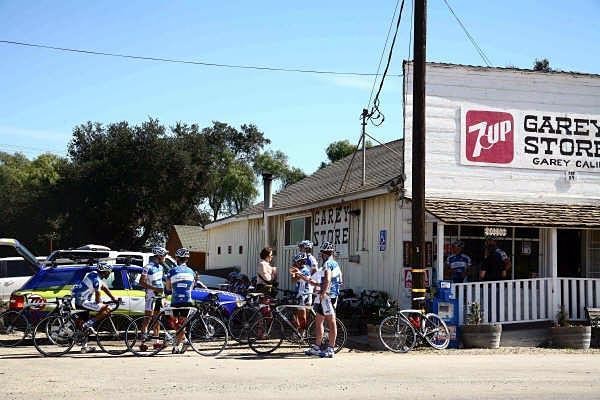


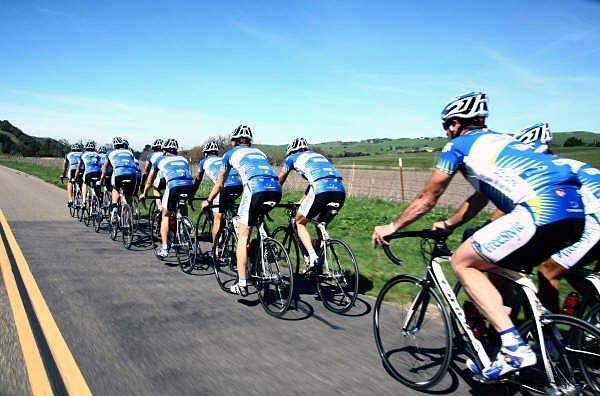
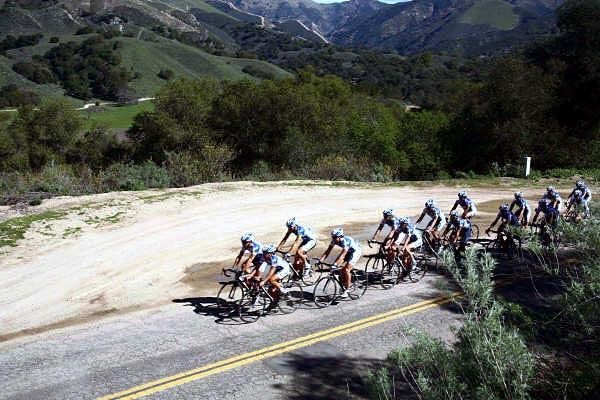
Tales from the peloton, May 9, 2008
A new US American Team Type 1 is mixing it up in the domestic calendar this season. As the name suggests, it was founded on the grounds of diabetes and Cyclingnews' Kirsten Robbins ventured over to the team's inaugural training camp in Solvang, California, earlier this season. She discovered the socially valuable message of positive change in the diabetic community that the team could bring to reality by competing across America.
Two years ago, the founders of Team Type 1, Phil Southerland and Joe Eldridge, discovered during collegiate racing that they both had Type 1 diabetes. From their initial introduction the two young athletes challenged each other to maintain a healthy lifestyle, using competitive cycling as a platform. Their competitive spirit led them to enter an eight-person team in the 2006 Race Across America (RAAM), with all riders having one thing in common: diabetes. They placed second, just three minutes behind the winning Team Vail.
Their RAAM team sponsors, mainly based in diabetic technology, continued to fund the program in an effort to develop the winning team, a goal they proceeded to accomplish with the 2007 RAAM team, helped by Rick Crawford, who they hired as a coach.
Team Type 1's manager, Tom Schuler, happens to be the owner of Team Sports Inc, and met Sutherland and Eldridge through Crawford in 2007, after their big RAAM win. While there initially was no talk of a professional squad, things started to fall in place and by the time Interbike in Las Vegas rolled around, things had taken shape. "Once they won the 2007 RAAM, the sponsoring companies realised it was an important and inspirational message and said 'yes, we will support you with whatever you need to create a professional team," said Schuler.
Sutherland and Eldridge's started to be on the right track, increasing the team's future sponsorship dollars and equipment donors. Then they turned it over to Schuler's management company, which enabled the two young athletes the opportunity to train full time. "With that committed funding we launched Team Type 1 with professional racers alongside the RAAM team. Both teams combined [consisted of a] total of twenty-seven athletes, fifteen professionals and a dozen that would qualify for the 2008 RAAM."
Team Type 1 is monitored by Abbott FreeStyle blood glucose monitors, enabling the riders to take constant care of their blood sugar levels, which can fluctuate up to four hundred at a high and down to forty at a low in the diabetic athletes, where a non-diabetic range will stabilize between healthy levels of eighty and ninety. Team Type 1 is also powered by Omni Pods, a pancreas-acting device attached to the triceps muscle that injects Epidra, a fast acting insulin, into the body when blood glucose levels are dangerously high in the diabetic athletes.
Get The Leadout Newsletter
The latest race content, interviews, features, reviews and expert buying guides, direct to your inbox!
"The easiest way for people to understand diabetes is that insulin is like the keys to open the sugars in our blood stream," said Schuler, regarding the second largest epidemic in the world next to the AIDS virus, according to the United Nations. "Without insulin, there are no keys to open the sugars and use them so they sit in your blood stream and cause a lot of problems, like blindness. So the pump is acting like a pancreas, which doesn't work in a diabetic person.
"Through exercise, their bodies use sugars which is why exercise is so important for these people," continued Schuler highlighting that the importance of physical activity on a nation where the onset of Type 2 diabetes is becoming so prevalent. "When they go riding they bring their insulin intake dose down and sometimes don't even need it because their bodies are metabolising sugars. Type 2 is happening here and in countries where we don't exercise enough."
During the season, the team is not only equipped with the most innovative medical technology, but also with a trio of doctors on hand to help the diabetic athletes with a variety of health-related concerns. "Physician care is important to our team," said Schuler. "Our team includes an endocrinologists, who is an expert on internal and diabetes care, along with two emergency room doctors who have an interest in studying what happens when a diabetic athlete is pushed to their limit in a bike race."
The race food include the popular Cliff and Cheetah bars for their source of energy. However, the diabetic riders will also use Nuun, an electrolyte replacement drink and Dex4, a pure glucose substance, which is the fastest source of sugar to burn.
A multitude of messages
Sutherland and Eldridge have prevailed in breaking down the barriers that say Type 1 diabetics will never be able to become professional level athletes, after they won the 2007 RAAM. Now the pair is recognised not only for their own athletic talents but also for their efforts in starting the world's first professional team, based around diabetic athletes, proving to the world that they are capable and that it is only a matter of time before the first diabetic athlete participates in the Tour de France.
According to Sutherland, who was diagnosed with Type 1 when he was seven months old, a message delivered to his diabetic colleagues is, "not to worry about this disease, because in five years from now you are going to be so organised and equipped to deal with the real world," said Sutherland, regarding his daily routine of monitoring his blood sugar levels up to twenty times each day. "It's the same way the other riders have to organise their lifestyle, from nutrition to sleep to planning for the year in order to execute a good racing season."
Directeur Sportif Ed Beamon was brought on board during late October of last year, after the Navigators Professional Cycling Team dismantled. "I resigned myself to looking forward to a year off," said Beamon, who chuckled over the timely beginning of Team Type 1. "The team sounded so exciting to me, with long term potential that is unique and very encouraging. I think the message behind the team is so relevant and it adds a dimension and a component to [the] sport that you don't often have a chance to take advantage of."
A learning experience
Schuler acknowledged that uniting two seemingly disjoint entities, like the RAAM and the professional cycling team, was something he had tried in the past. His goal was to combine the men and women counterparts of the Saturn and Colavita professional cycling teams. "The joining of the RAAM team and the Pro team seemed very natural and very similar to what I've always done," said Schuler. "In cycling, it is traditionally not done but I've always thought it was more beneficial for the athletes and the sponsors. We want our riders, RAAM or professional, to feel like they are a part of one team."
The concept of uniting teams provides the benefit for non-diabetic athletes to learn from their diabetic team-mates on areas such as better nutrition, organisation, time management and general health issues. According to Beamon, he and some of the non-diabetic riders have been showing their support of their diabetic team-mates by wearing the sponsored omni pod during the team training camp, minus the Epidra insulin.
"Camp has really been exciting," said Beamon. "I wear my omni pod and test my blood sugar levels just like my riders do. Of course, our camp was used like a typical training camp, to get to know one another, meet the sponsors, ride our bikes. But we also learned about the lifestyles of a Type 1 diabetic athlete and to get to know the RAAM team. So our camp has been a multidimensional experience."
Team Type 1 diabetic rider Fabio Calabria from Australia shared stories of their learning experiences to include comparing blood sugar level with one another, routine training, health and nutrition.
Calabria was diagnosed with Type 1 diabetes at the age of fourteen, after he had already begun his cycling dream. He was rushed to the hospital with a severe case of Diabetic ketoacidosis (DKA), a life-threatening complication in patients with untreated diabetes mellitus (chronic high blood sugar or hyperglycemia), where nearly complete deficiency of insulin and elevated levels of certain stress hormones combine to cause DKA. The body also starts to break down fats and proteins as a source of energy and a serious bi-product of this are keytones that elevate to dangerous levels in the blood stream.
"People with diabetes don't have to be afraid of doing things at the top level, especially in elite sport and that with control and proper management they can do anything they want to," said Calabria while explaining his condition. "We are on this team to show people that we have Type 1 and we race at a professional level. I've never had any major problems in a race. The only time I stopped racing was when I was first diagnosed with diabetes. I'm not surprised that I have reached this level because these days, with the medical technology we have it's possible to mimic what a pancreas does. It's not that I didn't think I could do this but I knew I would have to work harder than anyone else."
Because insulin is named on the WADA and USADA list of band substances, riders like Calabria need to submit medical documentation to their national federations and the UCI to exempt them from the repercussions of a suspension should they test positive in a routine anti-doping control, much like an asthmatic with an inhaler.
According to Calabria, who previously rode for an Italian amateur team, it was difficult to address his diabetic needs because of the stigma attached to medications in the cycling community. "I think diabetes and the use of insulin is more accepted now," said Calabria. "On previous teams I had to keep it to myself and not make it publicly known; especially with all the doping going on in cycling it was important to keep it low key. On this team everyone knows we are diabetic so it's not an issue."
Off to a good start
A successful early season Tour of Langkawi was followed by Shane Milne's second place in the Tour of Taiwan. According to Beamon the team is without a specialist sprinter, climber and time trialist. However, they are staked full of talented young riders that will make for a well-balanced and competitive team.
"Right from the beginning I knew this team had the potential to be a first year, out-of-the-box competitive team," said Beamon. "The amazing thing is that it happened so late in the season that to be able to hook riders in was key. Fortunately, a few of the riders had enough trust in us to stall other options while we were putting this program together. Making them wait for us was a real leap of faith for them."
Beamon noted that he would be happy to see the first-year professional team come together and perform well, to use the chemistry between the riders and give their best effort at every race. "We may be at a disadvantage without the specialist riders but the team we have is very well rounded and with that said I think we can make a statement...."
The potential for growth certainly exists with the combination of the sponsor support, positive direction and management and the hard work of Sutherland and Eldridge to continue a successful program with the long-term goal of having a diabetic rider enter the Tour de France. And according to Beamon, growth will happen, because of the team's attractiveness in the messages it brings across to the sponsors and the ability to connect diabetic community. "It's profoundly attractive," said Beamon. "Not only to diabetic communities but also to the sponsors from a commercial standpoint. I also think that the audience and fan base, given what these guys are doing and the inspiration that they provide, is going to be a big hook."